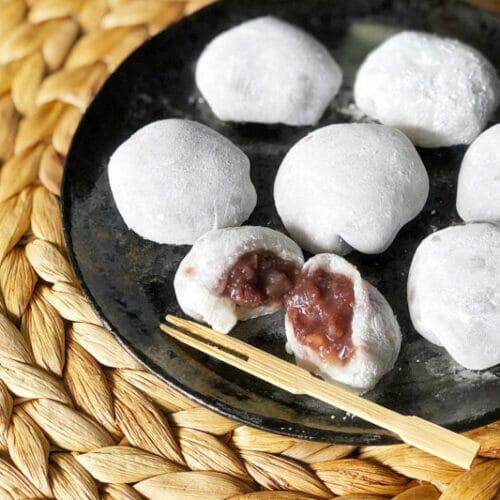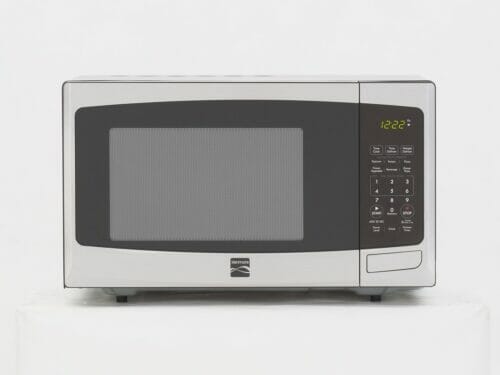
Daifuku
Modern daifuku recipes consist of mixing rice flour with water and heating the mixture in a steamer or microwave. The dough is then shaped into a sheet and cut into rectangular blocks. Each block is then stretched and flattened to form an outer shell for the daifuku. The filling is then placed inside the shell. The dough cools to harden and hardens to form the final form. The daifuku is then ready to eat.
Print
Pin Recipe
Servings: 6 serves
Calories: 311kcal
Add to Collection
Equipment
Instructions
- Whisk together the mochiko, sugar, water, salt, and rice vinegar in a microwavable bowl.
- Add the food coloring (optional) and whisk until the batter turns pink.
- Cover the bowl loosely with plastic wrap, and microwave on high for 9 minutes.
- Taste a small piece of mochi. If it is still grainy, microwave for 1 more minute.
- Use a cookie scoop to portion the sweet red bean paste into12 smooth balls.
- Mix the mochi coating ingredients, and sprinkle half of it onto a large cutting board.
- Dump the hot mochi onto the cutting board.
- Using the flat edge of a large chef knife, push the mochi into an even rectangle shape.
- Working while the mochi is still hot, cut the mochi slab evenly into 12 small rectangles.
- Take one piece and flatten it with your hands. Put a ball of red bean paste in the middle and carefully fold the rectangle corners upward.
- Pinch the edges around the filling to seal.
- Dust the bottom and top with the mochi coating. Smoothen and place, sealed side down, on a plate or tray.
- Repeat for the remaining mochi. Cover with plastic wrap and store at room temperature.
- Best eaten the same day.
Notes
There are several varieties of daifuku. The most popular are the pale pink, white, and pale green varieties. The most common variety is the anko, which is a pink or white mochi filled with a red bean paste. These wagashi are served with green tea, and are very popular in Japan. But they are not the only type of wagashi. If you have a sweet tooth, it will be the best way to satisfy your craving.
Nutrition
Serving: 6serves | Calories: 311kcal | Carbohydrates: 74g | Protein: 2g | Fat: 1g | Saturated Fat: 1g | Polyunsaturated Fat: 1g | Monounsaturated Fat: 1g | Sodium: 98mg | Potassium: 31mg | Fiber: 1g | Sugar: 37g | Calcium: 5mg | Iron: 1mg
© Food And Meal
This website provides approximate nutrition information for convenience and as a courtesy only. Nutrition data is gathered primarily from the Spoonacular Database, whenever available, or otherwise other online calculators.
